Details
Sony Alpha ILCE-7 III (ILCE7M3) + SEL FE 28-70mm
Breathtaking full-frame image quality
The newly developed back-illuminated Exmor R CMOS image sensor with 24.2 megapixels plus front-end LSI stands for ultra-high image quality and speed. The readout speed of the image sensor has Sony effectively doubled. Thanks to the updated BIONZ X processor, the processing speed of the images has also increased by 1.8 times compared to the α7 II. An ISO range of 100 - 51,200 (expandable to ISO 50 - 204,800 for photos), a dynamic range of 15 f-stops and significantly improved skin tones and more true-to-life colors speak for themselves. 14-bit RAW is no problem for the α7 III, even with silent continuous shooting. The 5-axis image stabilizer compensates for up to 5.0
Higher AF speed and performance
The new mirrorless α7 III full-frame camera has an autofocus system that has little in common with that of the α7 II. 4D FOCUS is the key word here. The 425 AF contrast autofocus points of the new camera are supplemented by 693 phase autofocus points, which the α7 III has in common with the α9 camera. The autofocus thus covers around 93 percent of the image. It captures and tracks even the most difficult subjects.
Because image data can be read out faster, the α7 III can focus almost twice as fast in low light as the α7 II. The speed at which it can track objects has also doubled.
The new camera also masters the tried-and-tested eye detection, even in AF-C mode. The function is even available with A-mount lenses via the LA-EA3 adapter. Using the joystick, the autofocus point can be easily and quickly positioned in the right place with the thumb. Photographers had already come to appreciate this with the α9 and α7R III.
Fast autofocus for the decisive moment
The new α7 III is able to capture up to ten images per second at full resolution with continuous autofocus on the memory card. In total, the buffer is sufficient for up to 177 standard JPEG images, 89 compressed RAW images or 40 uncompressed RAW images. High-speed mode is possible either with a mechanical shutter or completely silent. Even in Live View mode, continuous shooting at up to eight frames per second is possible with minimal delay in the viewfinder or on the LCD display.
For even greater convenience, all important camera functions can be adjusted at any time or written to the memory card during image series. This includes access to the menu buttons "Fn" (function) and "Menu" (menu), image playback and some other parameters - including image rating and other functions that facilitate image sorting on location.
In addition, the α7 III can automatically detect the frequency of illumination in artificial light if desired and select the shutter speed so that the light has no effect on the image result. This reduces exposure or color deviations, which can sometimes occur at the top and bottom of images with fast shutter speeds, to a minimum.
High-quality videos in 4K
The new α7 III can not only take photos, but also videos - in 4K (3840 x 2160 pixels) across the entire width of the full-frame image sensor. In video mode, the camera reads every single pixel - without pixel binning. In this way, it captures 2.4 times the amount of data required for 4K movies. The result is high-quality 4K recordings with exceptional depth and a particularly high level of detail.
For ambitious filmmakers, the α7 III can handle the HLG (Hybrid Log-Gamma) image profile. This guarantees an instant HDR workflow with which beautiful, realistic 4K HDR images can be reproduced on HDR (HLG) compatible televisions. S-Log2 and S-Log3 are a matter of course for the new camera in video mode - as are the Zebra function and Gamma Display Assist. It can also record four and five times slow motion in Full HD at 120 frames per second and up to 100 Mbps.
Improvements in construction, design and customization options
The new α7 III has inherited many functions from the α9 and α7R III: These include two media slots, one of which is for SD memory cards of type UHS-II. JPEGs can be stored on one, RAW images on the other. Videos and photos can be recorded separately on both memory cards. Data backup is also possible, with all data being saved twice - i.e. on both cards. With a new battery, the camera also shines in terms of battery life. With a CIPA standard of up to 710 shots with an active monitor or 610 shots with an active viewfinder per charge, it currently offers the longest battery life of all mirrorless cameras. The new Z-series NP-FZ100 battery from Sony has approximately 2.2 times the capacity of the W-series NP-FW50 battery used in the α7 II.
For even more clarity in the menus, up to 30 functions can be saved in "My Menu" for quick access. Photographers can also assign star ratings to their pictures directly via individual buttons to find good shots even more quickly for post-processing. The first three characters of all photo files can also be edited. The α7 III has a total of 81 functions, which can be assigned to eleven freely assignable buttons. As befits a model in this class, the camera is both dust and moisture resistant.
The α7 III has a high-resolution, high-contrast, fast-operating XGA OLED Tru-Finder with around 2.3 million dots for extremely precise, lifelike detail reproduction. The "Standard" or "High" display settings are also available for both the viewfinder and the monitor. If you like, you can seamlessly transfer files to a smartphone, tablet, computer or FTP server via Wi-Fi. The SuperSpeed USB connection (USB 3.1 Gen 1) of type USB Type-C provides more flexibility in power supply and faster image data transfer for PC tethering shots, even with a cable.
The α7 III also comes with the new "Imaging Edge" software suite from Sony, which extends the creative possibilities to the entire shooting process - from pre- to post-processing. "Imaging Edge" offers three PC applications called "Remote", "Viewer" and "Edit", which can be downloaded free of charge and support shooting with Live View remote control and RAW development. In the latest version 1.1, data transfer is around ten percent faster when shooting remotely from a PC (PC tethered shooting). The speed of RAW image processing increases by around 65 percent.
Sony SEL-2870
28-70 mm Zoomlens with integrated image stabilization for 35 mm format
- 35 mm shots for E-mount cameras
- Versatile 28-70 mm Zoomlens with F3.5-5.6 aperture
- Sharp and stable shots with SteadyShot
- Precise details - Together with a 35 mm E-mount compact camera, the SEL-2870 lens ensures high resolution.
- Versatile shooting options - The versatile 28-70 mm Zoom range allows you to shoot at greater distances and from different angles.
- Brilliant photos with low aberrations - Three aspherical elements and an ED glass lens reduce aberrations and distortions for high-contrast images.
- Sharp hand-held shots - Optical SteadyShot™ image stabilization compensates for camera shake when shooting hand-held without a tripod, ensuring blur-free images.
- Ideal for portrait and landscape photography - The medium F3.5-5.6 aperture enables higher resolution for wide-angle and telephoto shots, even at maximum aperture.
- Shooting in any weather - Critical areas of the lens body are sealed against dust and moisture for shooting in difficult weather conditions.
- Smooth blur effects - A circular aperture with 7 blades provides natural blur or bokeh effects. Bokeh effects.
- Advanced optics for a compact design - Lightweight and compact optical design in a 295 g body
Sigma 70-200mm f2.8 DG DN OS (S) Sony E-mount
The SIGMA 70-200mm F2.8 DG DN OS Sports redefines the standard for telephoto Zoom lenses for mirrorless full-frame cameras. With its high speed, it allows photographers to capture brilliant images even in difficult lighting conditions, delivering a gorgeous bokeh that enhances any subject.
Thanks to its advanced optical design, the lens can produce expressive images, making it the ideal tool for demanding photographers. Its versatility is further complemented by the high-speed HLA (High-Response Linear Actuator) autofocus, which enables fast and precise focusing.
Another highlight of this lens is the optical stabilizer, which is equipped with the latest "OS2" algorithm. This ensures that images remain sharp and blur-free even when shooting hand-held. The robust construction and outstanding weather resistance of the SIGMA Sports product line guarantee that this lens works reliably even under extreme conditions.
Highest optical performance
6 FLD and 2 SLD elements are used in the new 70-200mm F2.8 DG DN OS Sports. Together with the 3 aspherical lens elements, this optical design ensures uncompromisingly high imaging performance at all focal lengths and distance settings. Thanks to the integrated floating focus technology, this imaging performance is also achieved at close range
. The craftsmanship of the employees and the high manufacturing quality of the SIGMA production facility in Aizu (Japan) provide the basis for ensuring that the performance of the lens does not diminish even with intensive use.
First-class manufacturing quality
Highest manufacturing quality has top priority at SIGMA. As a lens in the Sports line, the SIGMA 70-200mm F2.8 DG DN OS Sports not only offers high weather resistance for shooting in adverse conditions. The use of state-of-the-art materials and an optimized optical and mechanical design ensure high durability with maximum mobility.
The modern optical and mechanical design results in a significantly smaller and lighter body of the SIGMA 70-200mm F2.8 DG DN OS Sports compared to the SIGMA 70-200mm F2.8 DG OS HSM Sports. This reflects the trend towards compact and mobile equipment. At the same time, the usual high quality of workmanship is not compromised. Thanks to the use of different materials such as magnesium, CFRP_1 or TSC_2, a high level of robustness is guaranteed. This also applies to the operating elements such as switches and rings. Here, attention was also paid to excellent haptics and operability.
*1 CFRP (carbon fiber reinforced plastic), a light but stable material that is used for the interior and exterior of aircraft, among other things.
*2 TSC (Thermally Stable Composite) is a type of polycarbonate with a thermal expansion rate similar to that of aluminum. It has a high similarity to metal parts, which contributes to high-quality product manufacturing.
High-quality coating
An ideal lens directs the incident light through all lenses to the sensor.
If, on the other hand, some of the light is reflected by individual lenses, not only is the light yield reduced; the reflections within the lens create ghost images and flare spots or reduce the contrast. Such effects would be particularly noticeable in backlit shots.
To prevent this, our 70-200mm F2.8 DG DN OS Sports uses a Super Multi-Layer Coating (SML), which reduces stray light and ghost images. The result is clear, sharp and high-contrast images without distracting lens flares.
Dust and splash-proof
Thanks to its dust and splash-proof construction, the lens is suitable for a wide range of applications and environments
*The housing is dust and splash-proof, but not waterproof. Make sure that the lens does not come into contact with large amounts of water. Water inside the lens can cause major damage and even irreparable damage to the lens.
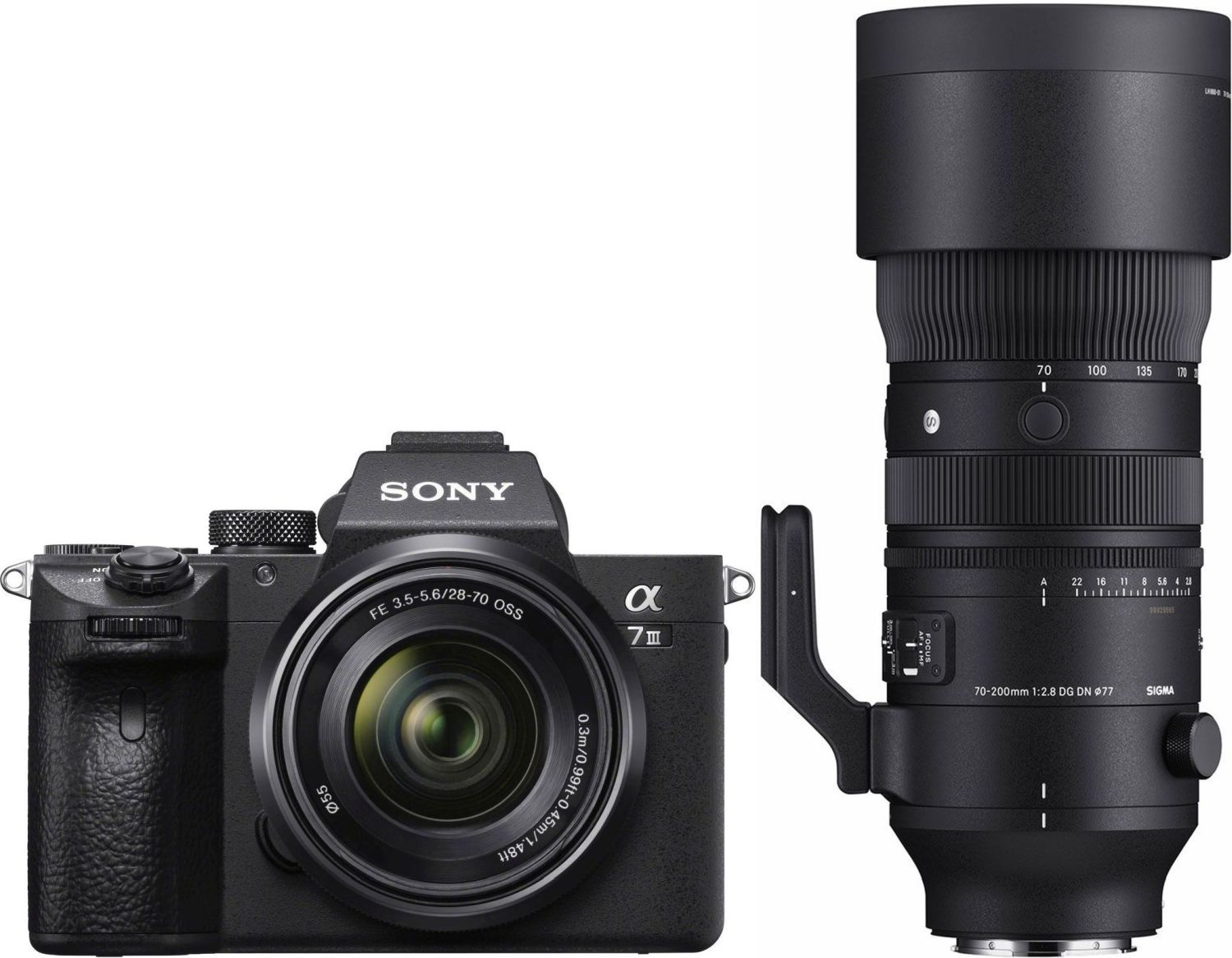
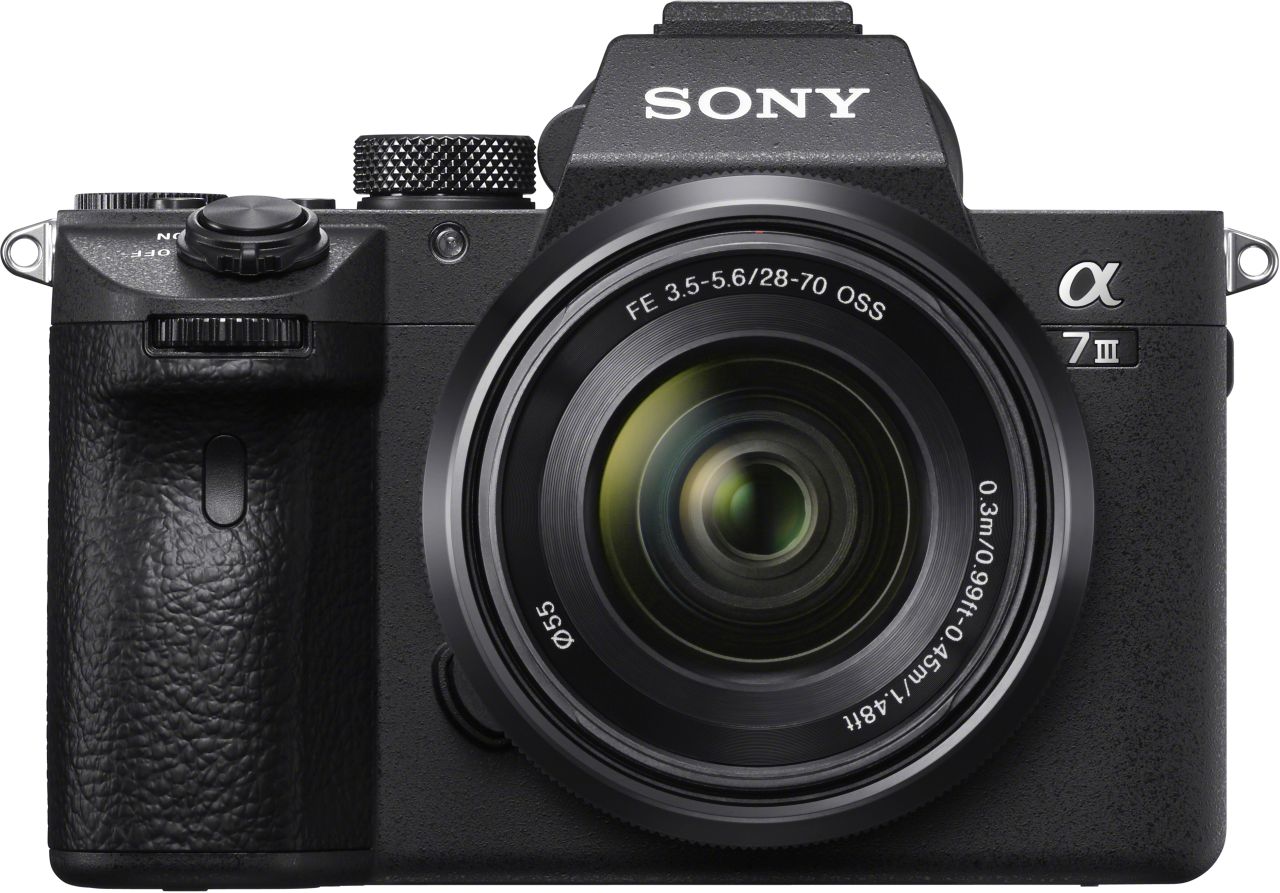
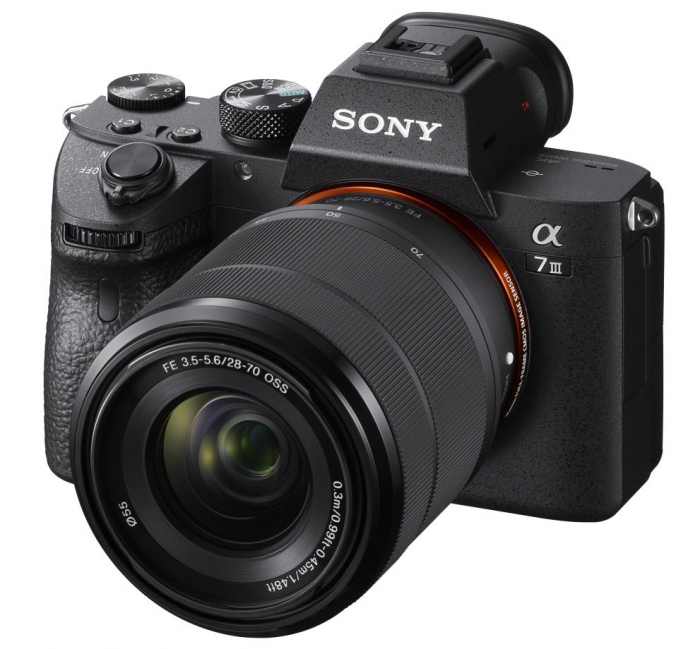
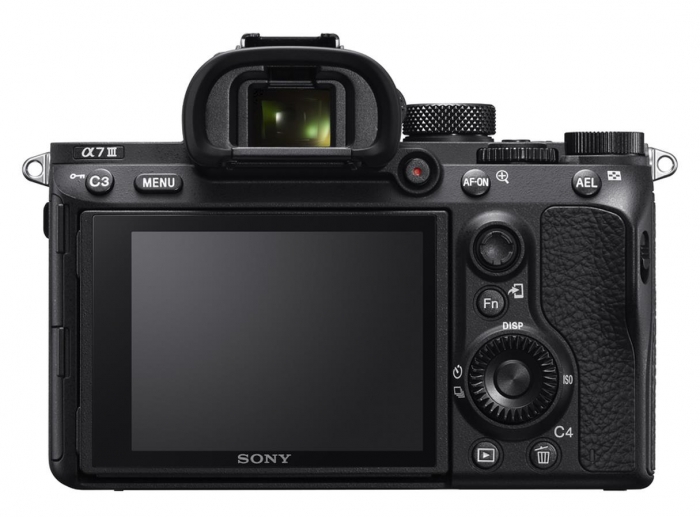
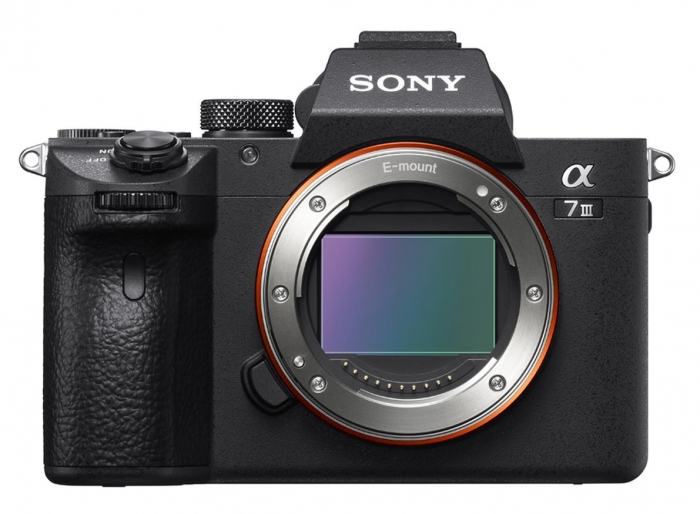
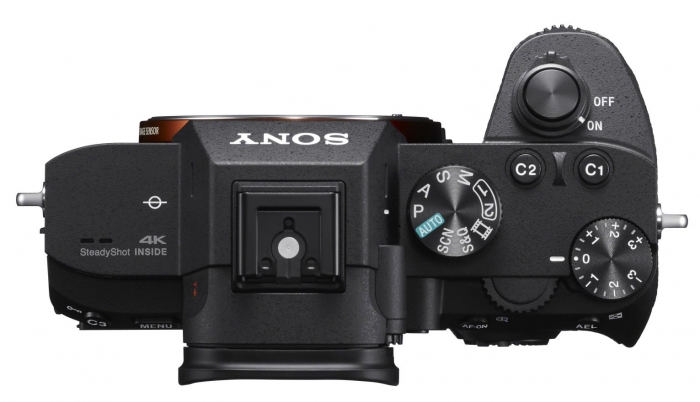
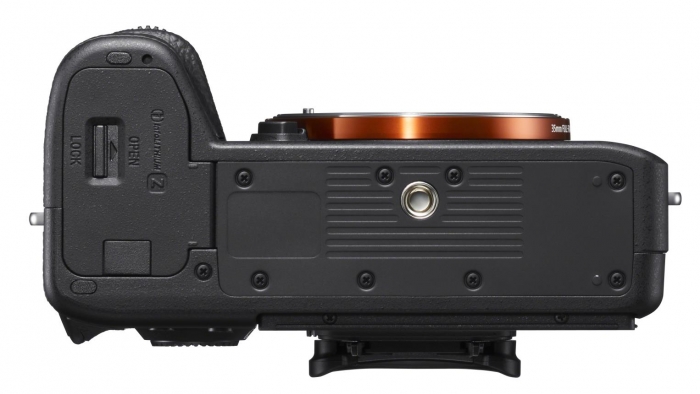
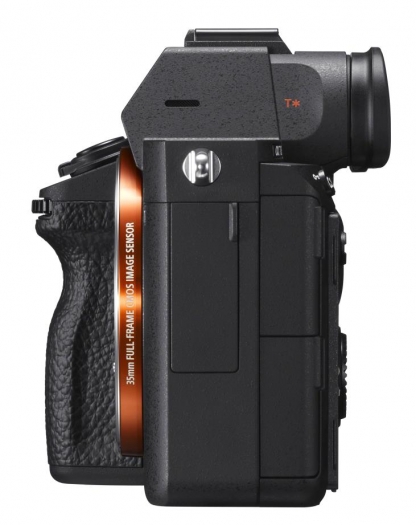
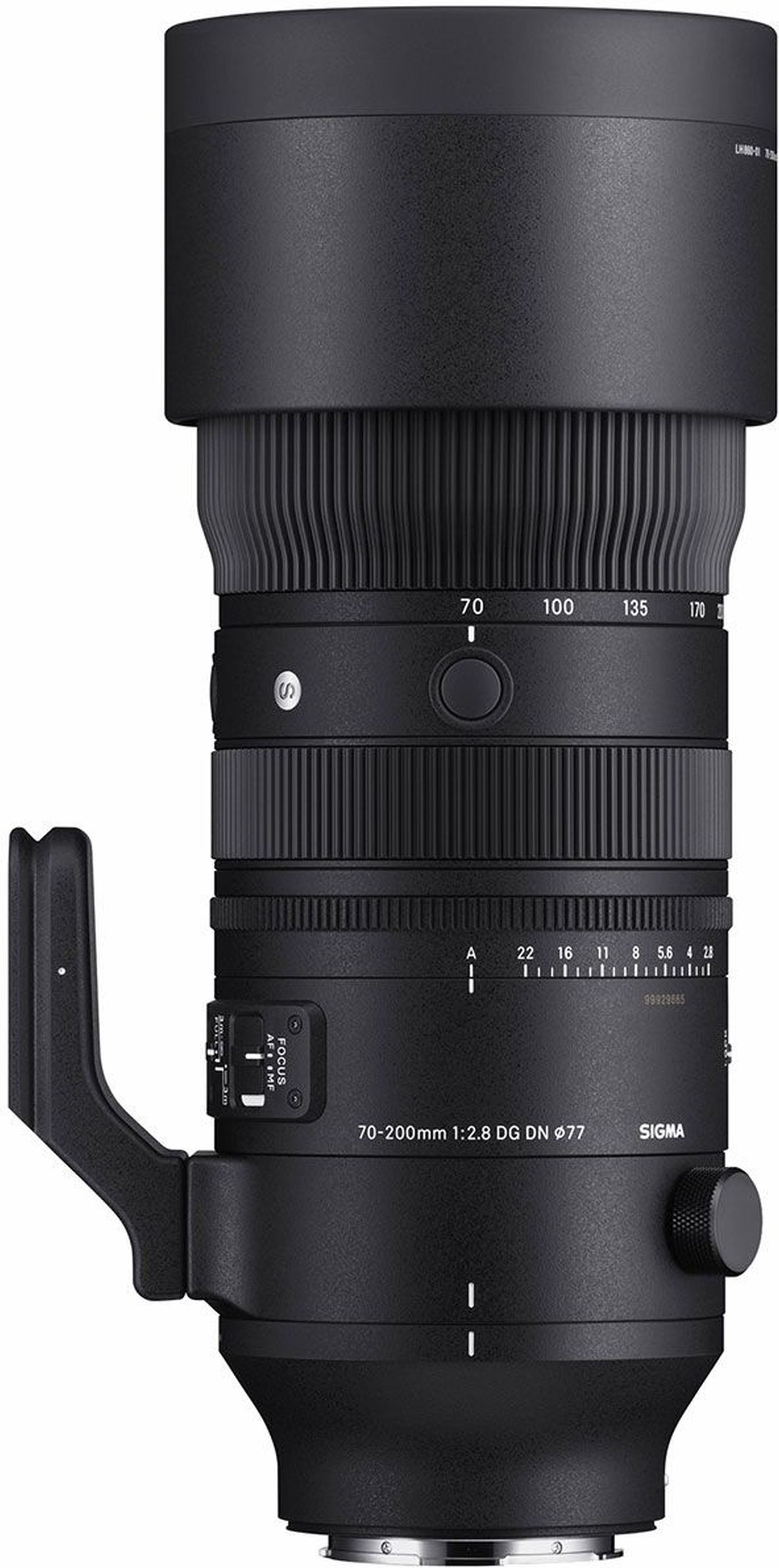
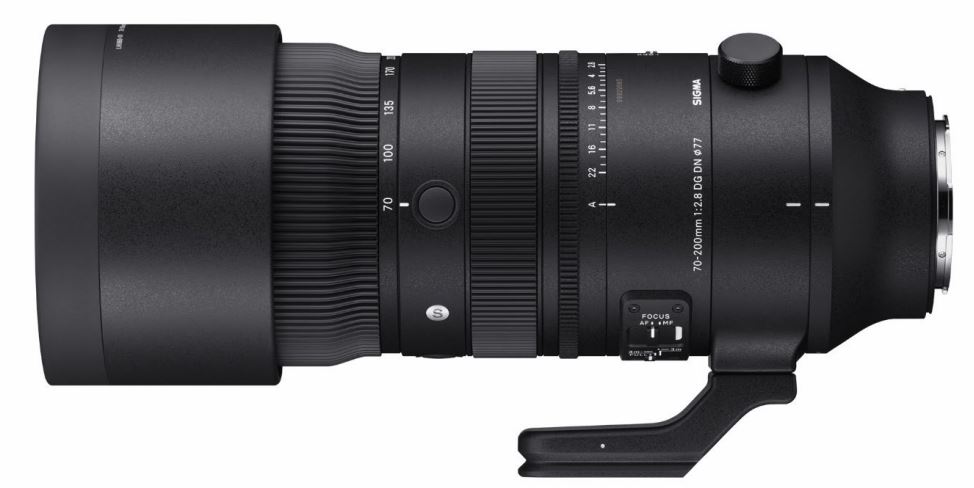
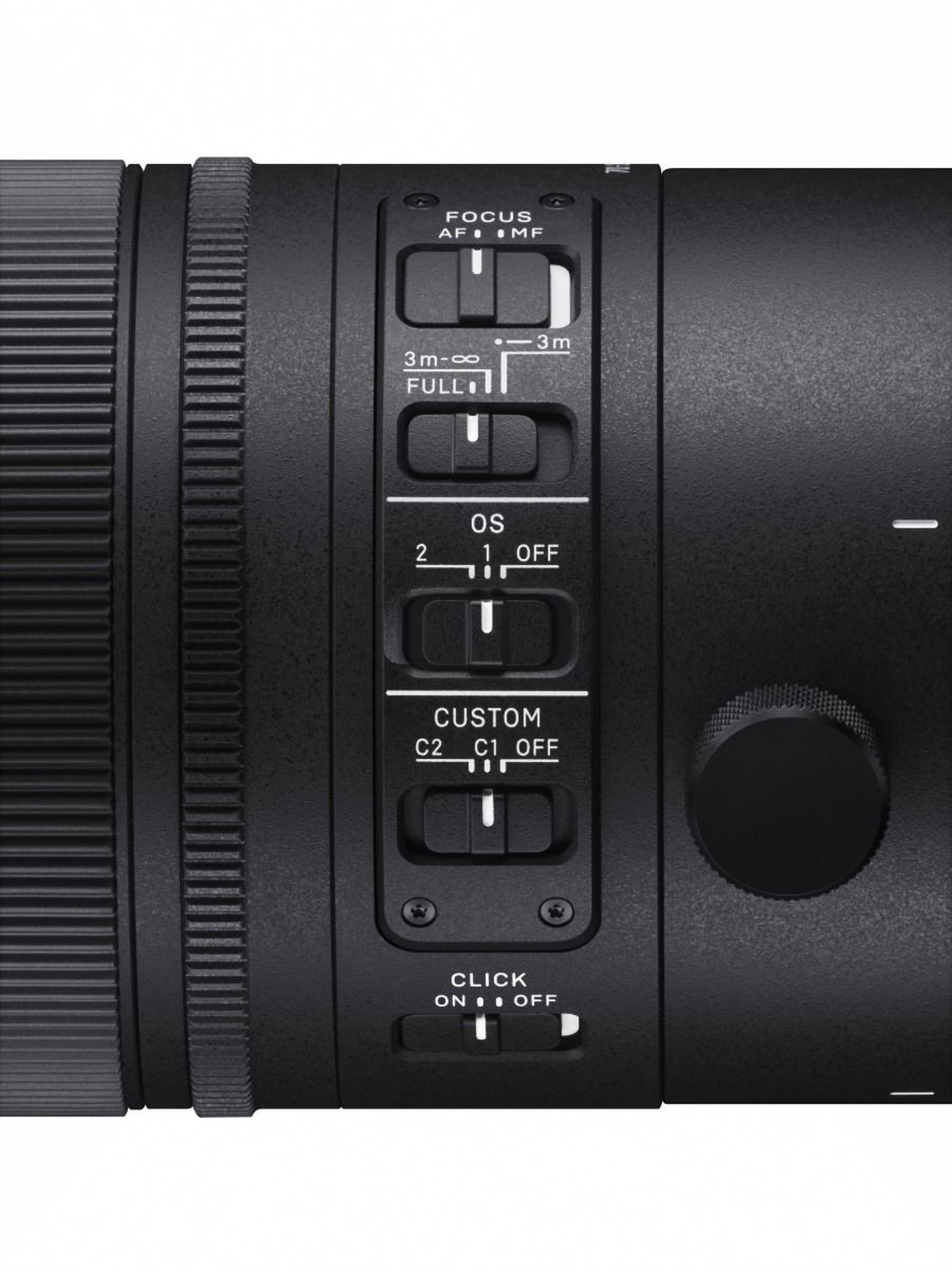

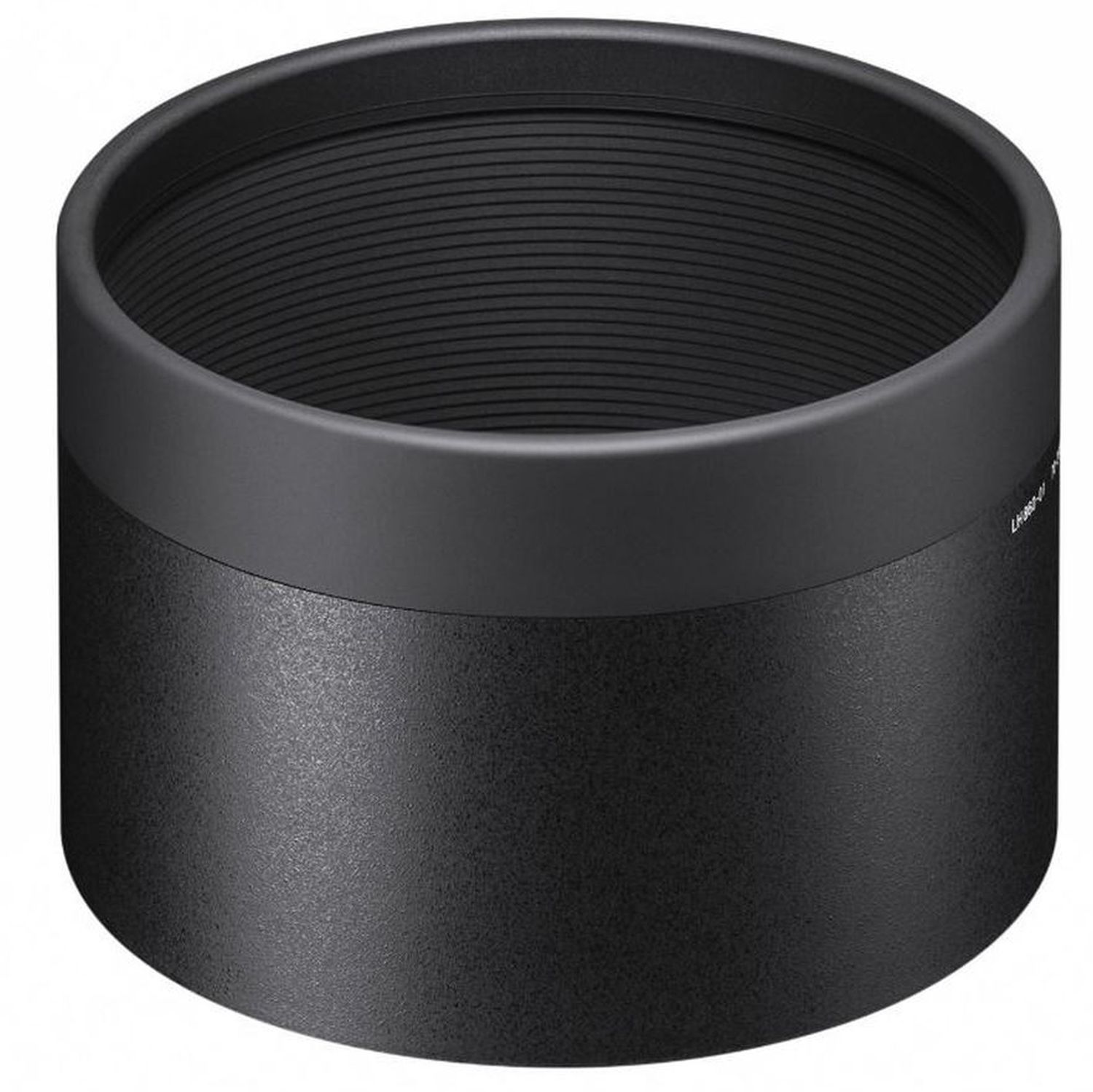
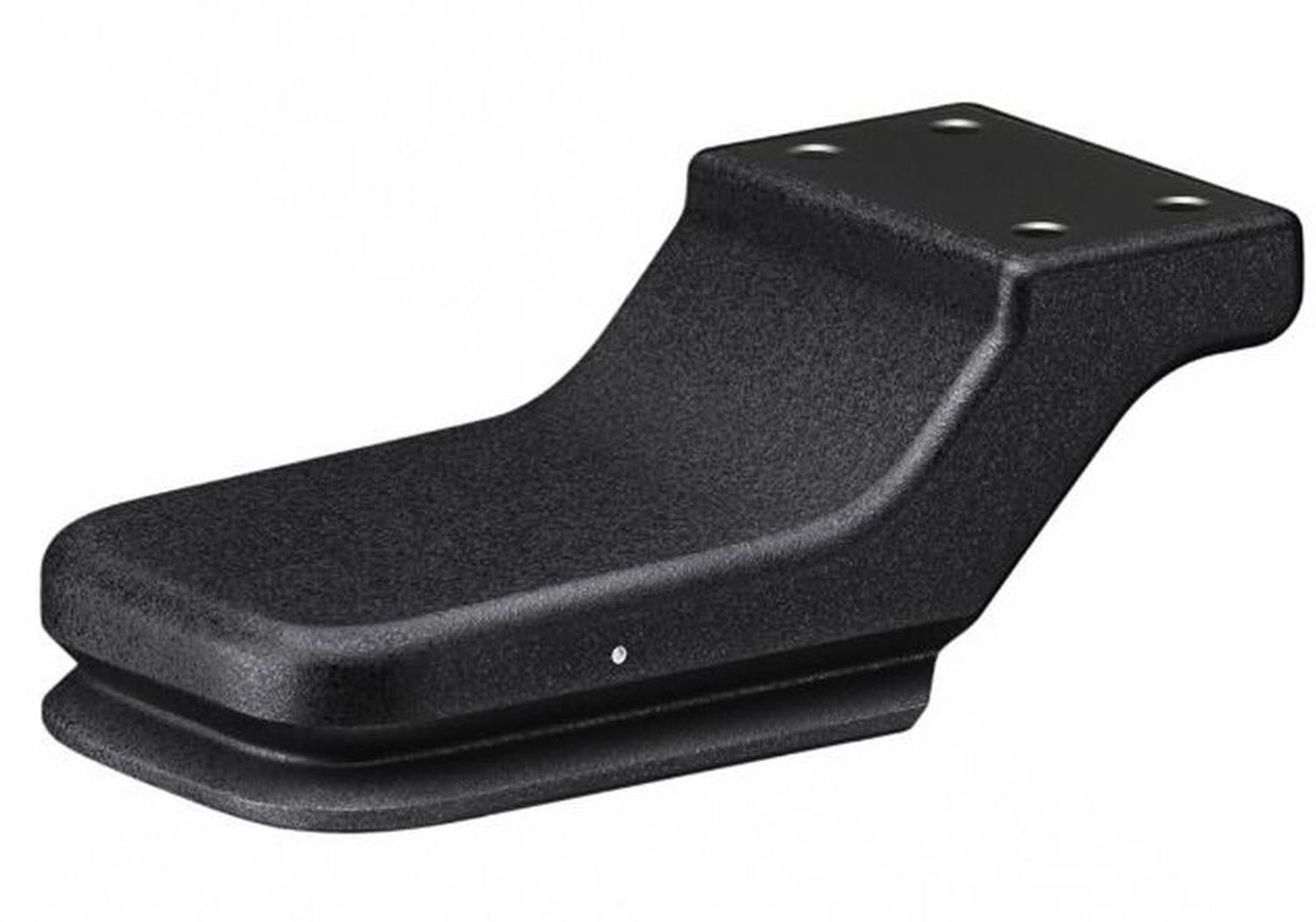


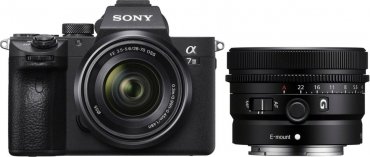



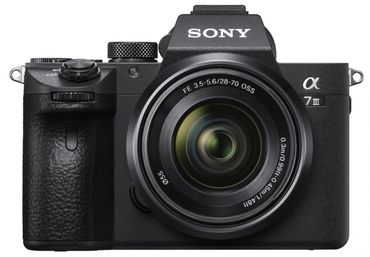
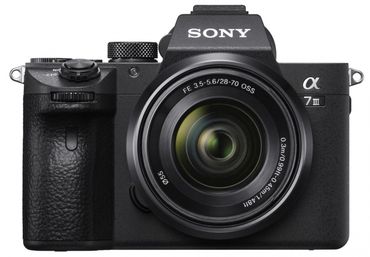
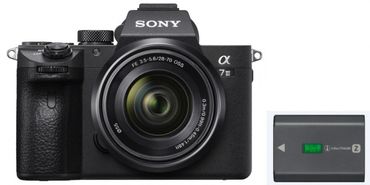
![Sony Alpha ILCE-7 III + 28-70mm + Sigma 150-600mm f5-6.3 DG DN OS [S]](https://media.foto-erhardt.de/images/product_images/thumbnail_images/326/sony-alpha-ilce-7-iii-28-70mm-sigma-150-600mm-f5-63-dg-dn-os-s-16304830832640304.jpg)
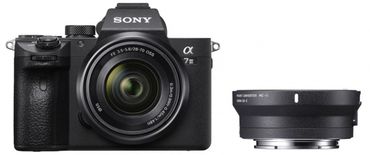
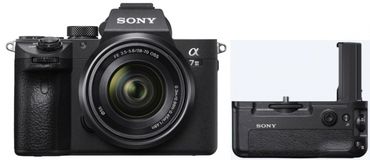

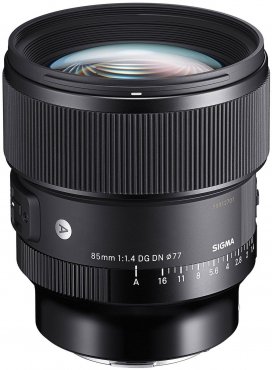
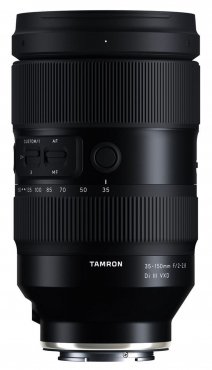
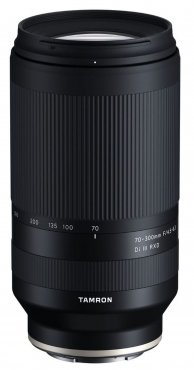
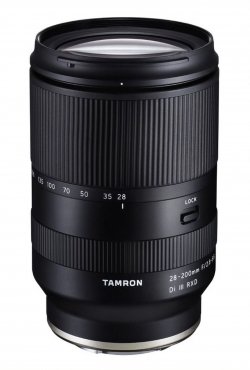

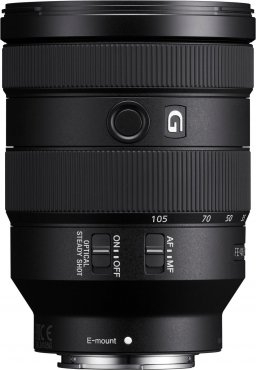
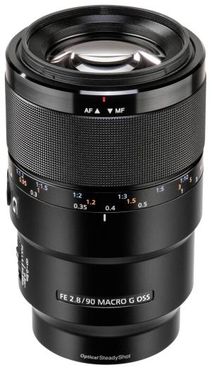


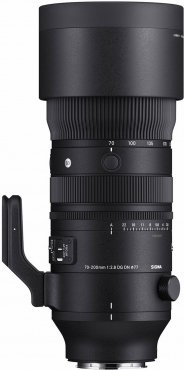
![Sigma 150-600mm f5-6.3 DG DN OS [S] Sony E-mount](https://media.foto-erhardt.de/images/product_images/thumbnail_images/907/sigma-150-600mm-f5-63-dg-dn-os-s-sony-e-mount-162814386990790304.jpg)
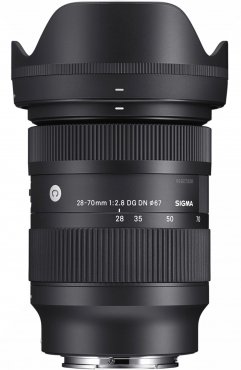
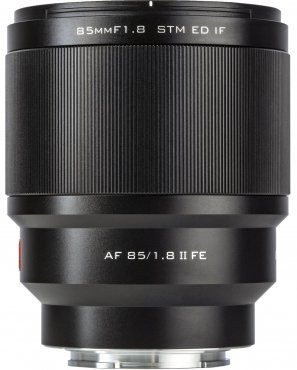
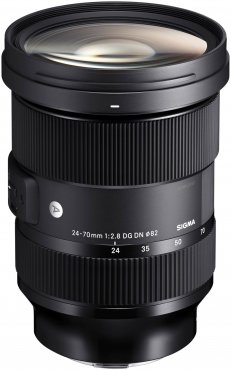
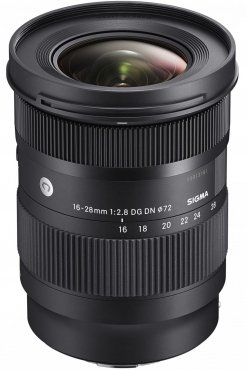
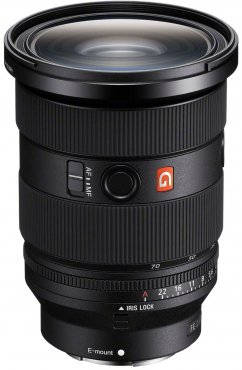
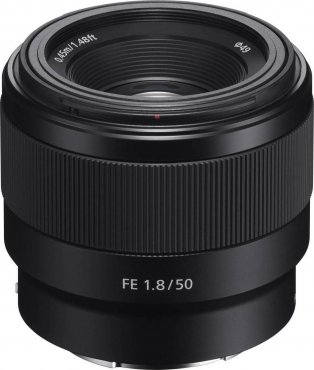
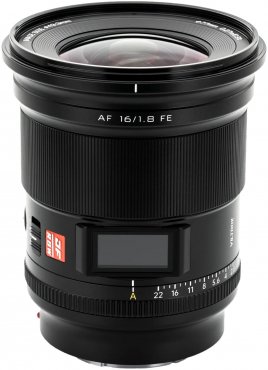
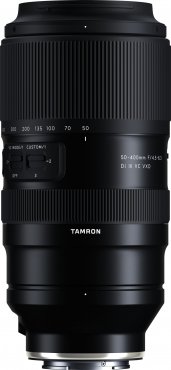

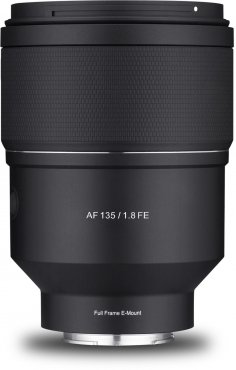
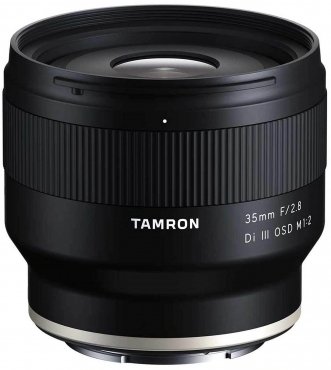
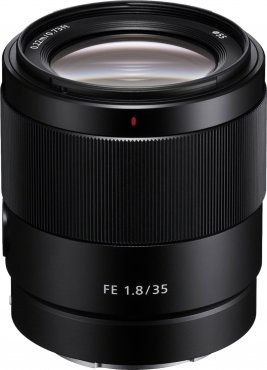

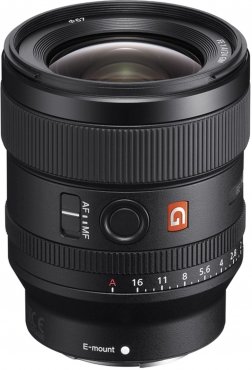
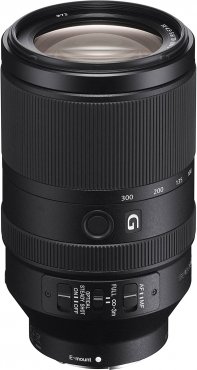
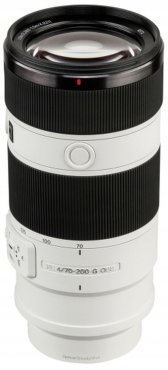
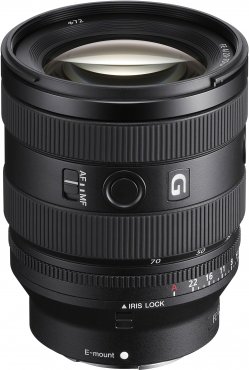
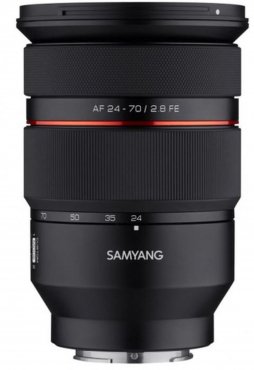

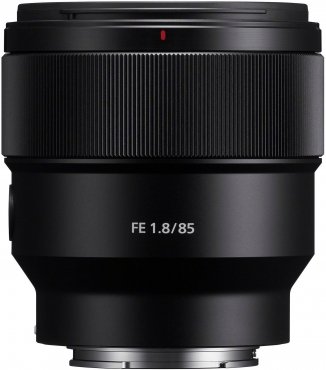
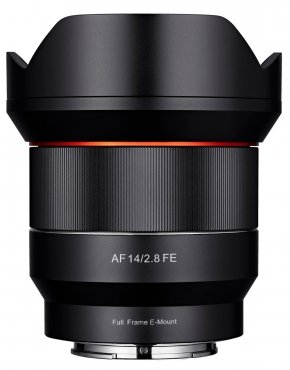
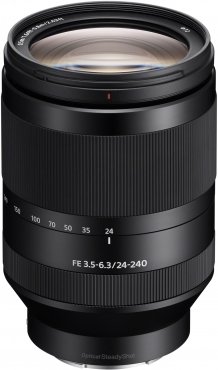
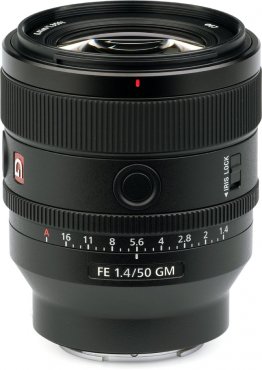
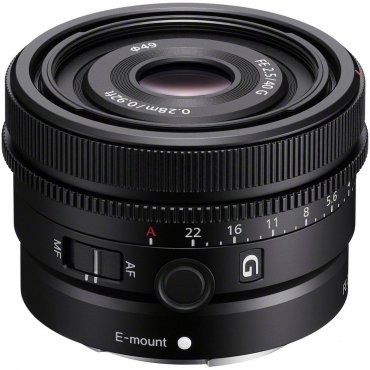
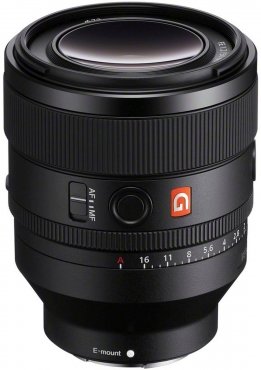
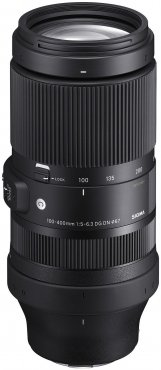
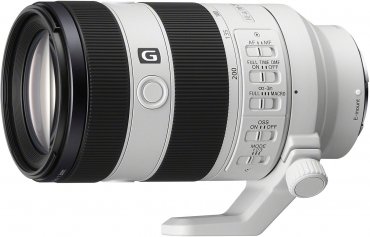
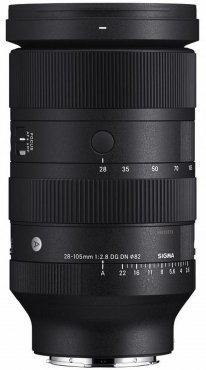
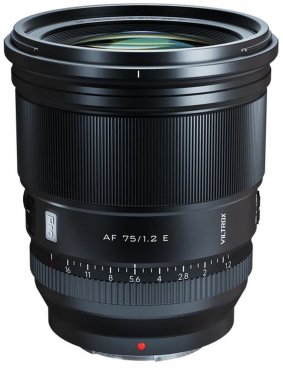
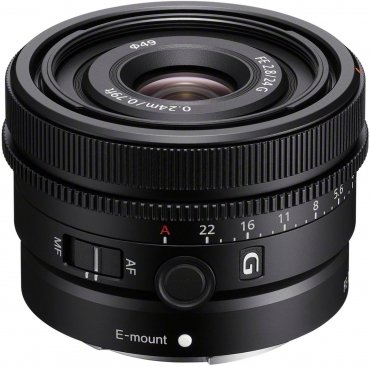
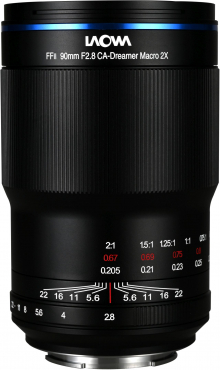

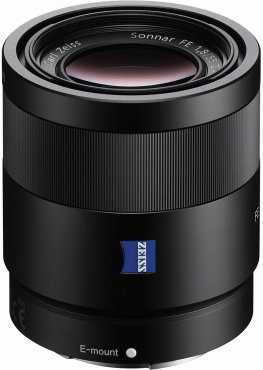
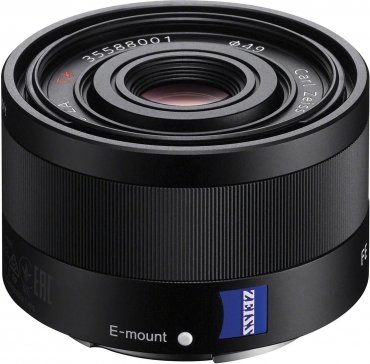
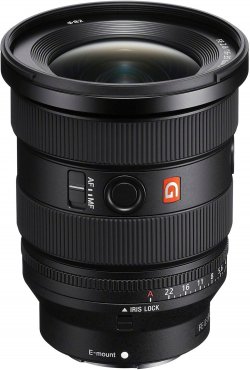
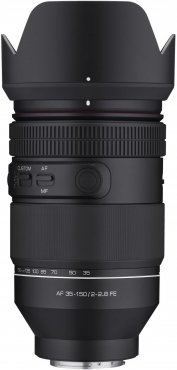
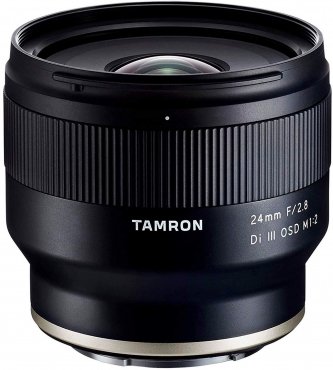
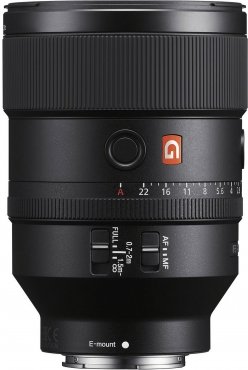
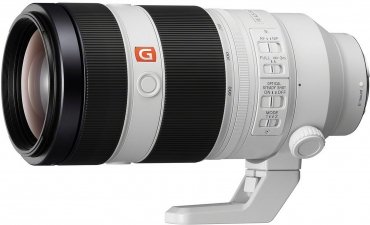
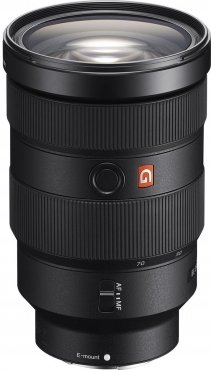
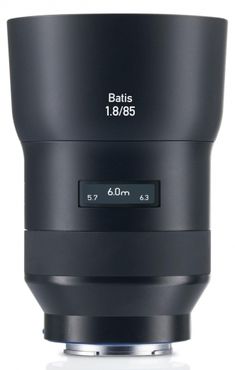
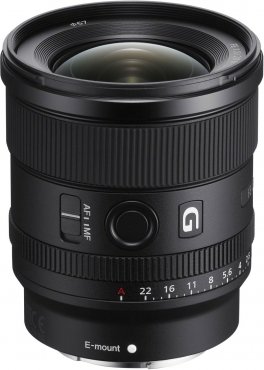


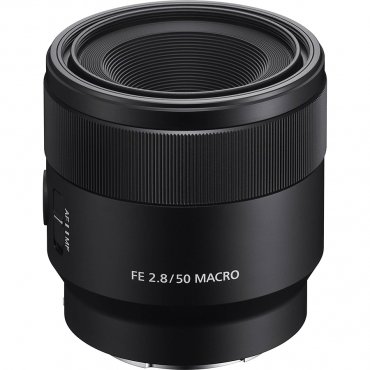
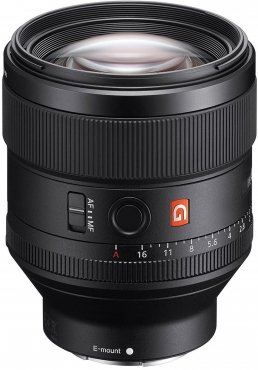
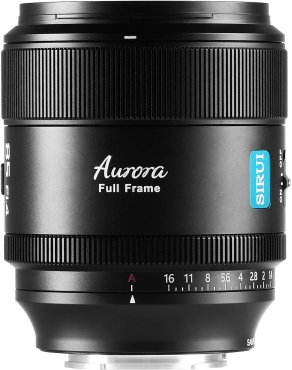

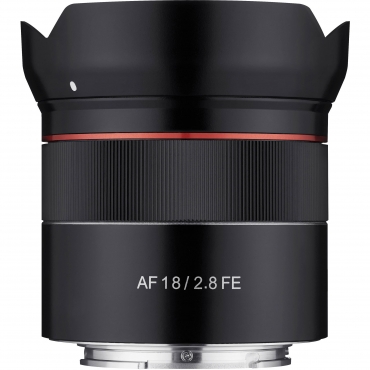
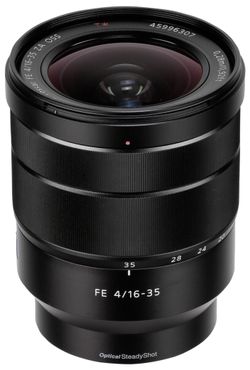
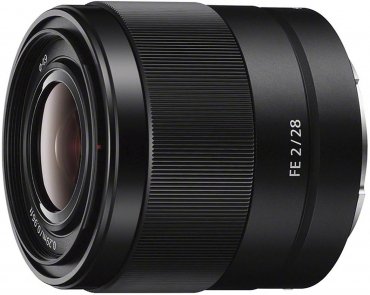
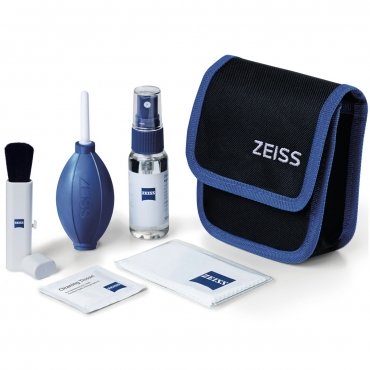
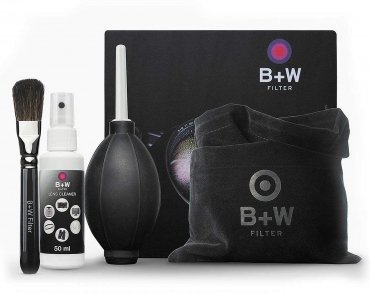
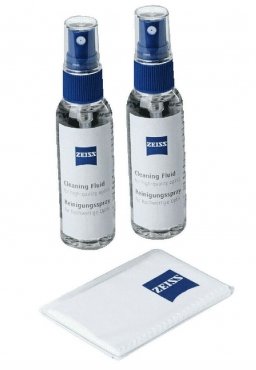
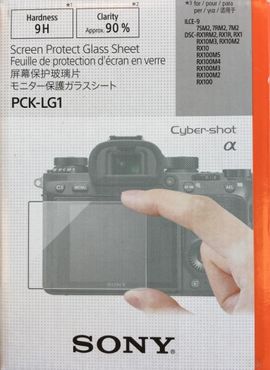
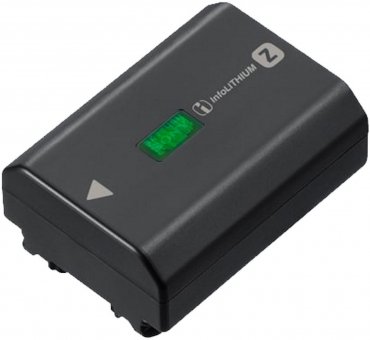
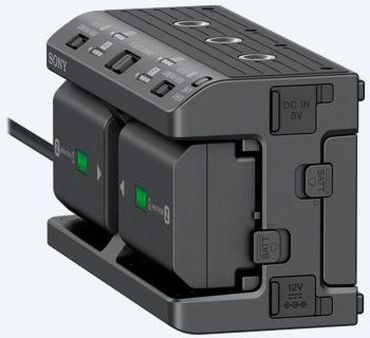
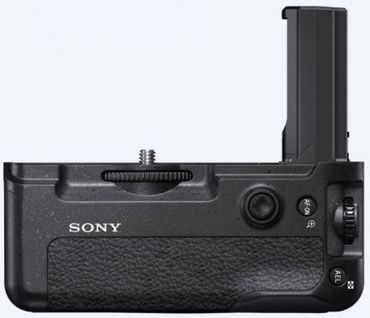
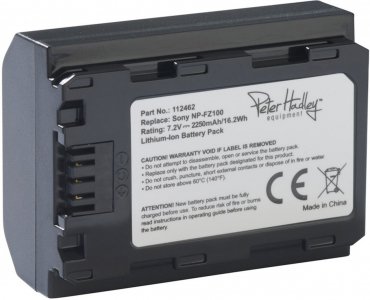

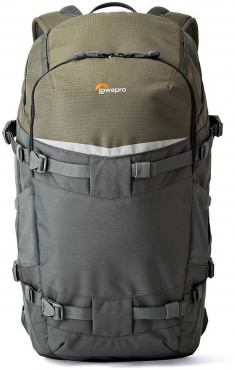

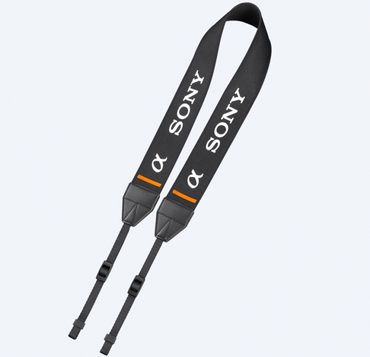
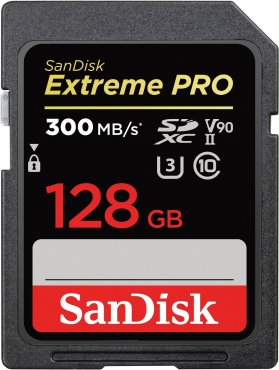
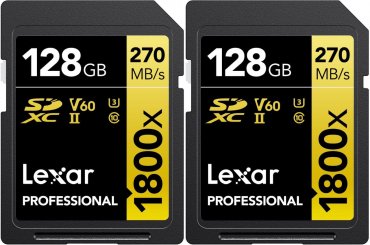
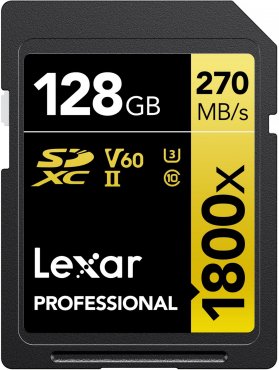
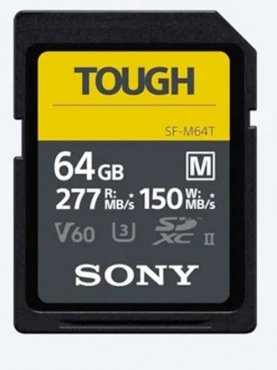
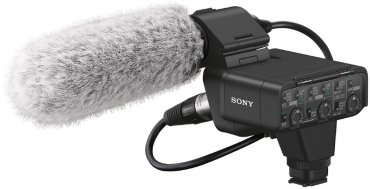
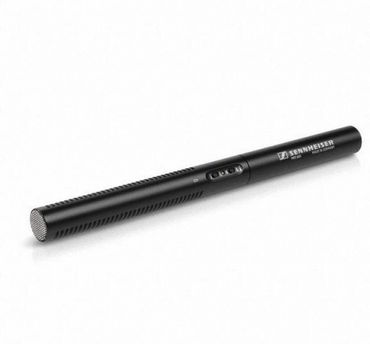
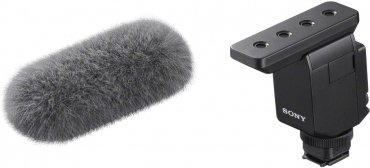

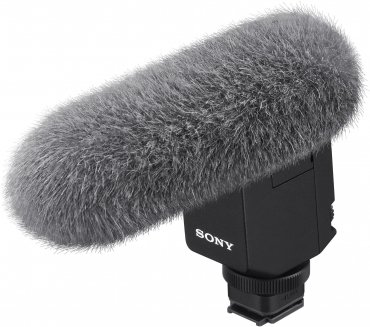
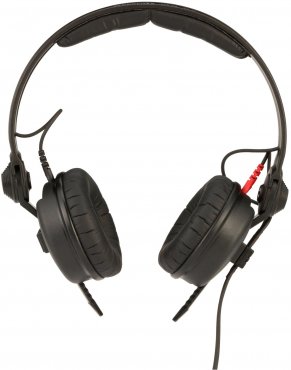

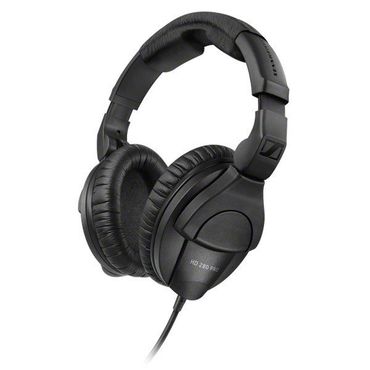
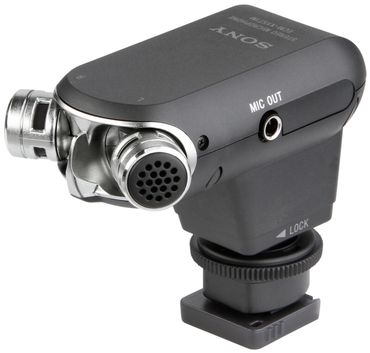
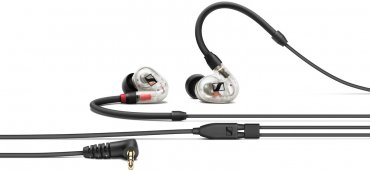
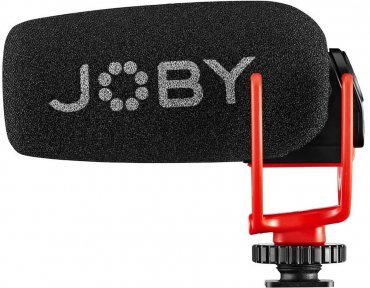
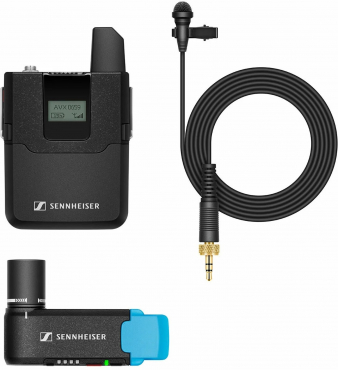
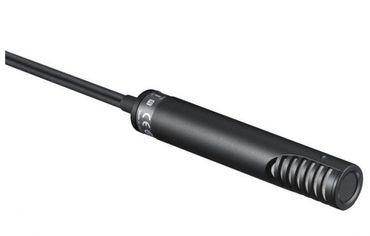
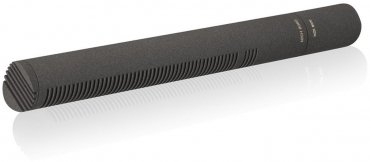

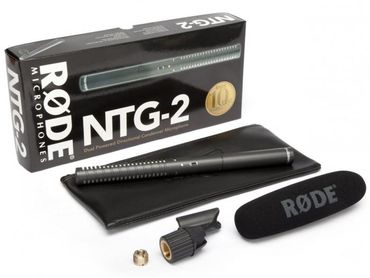
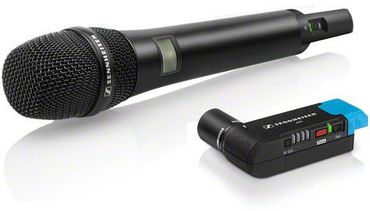
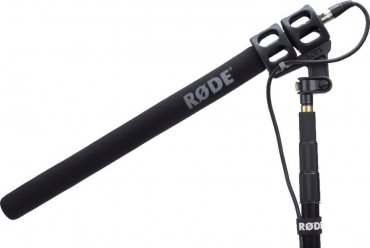

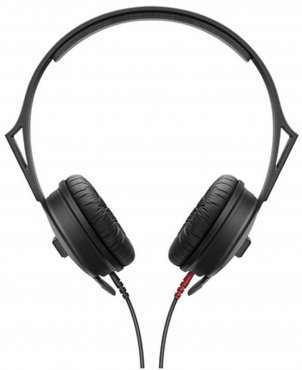
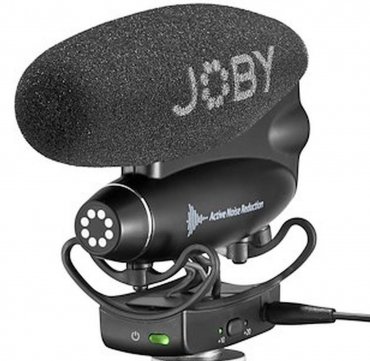



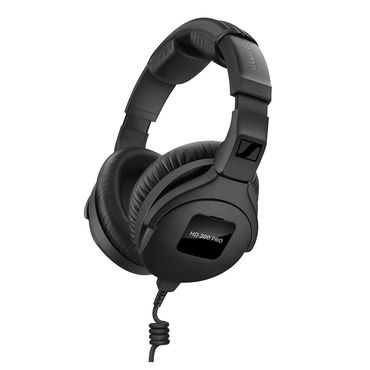
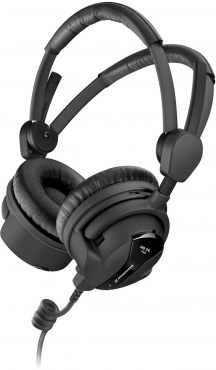


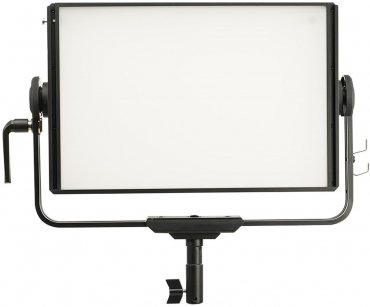

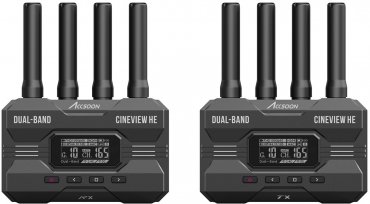


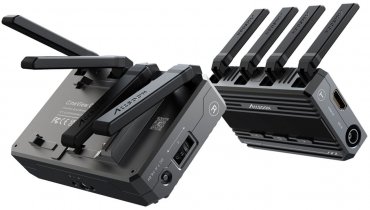
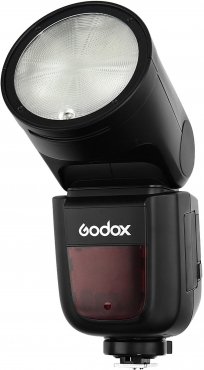

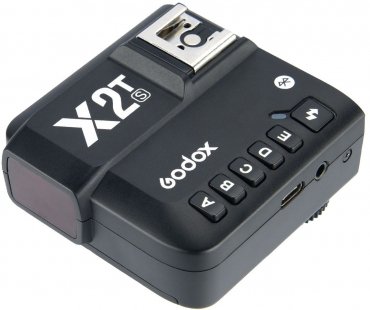
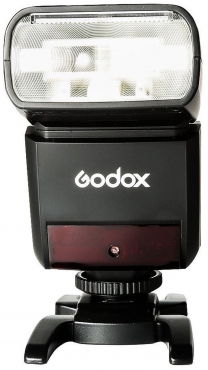
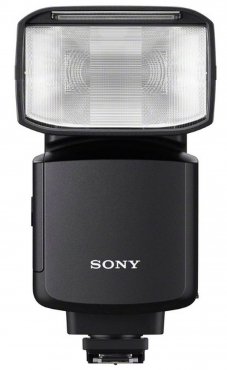
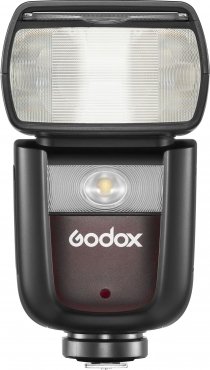
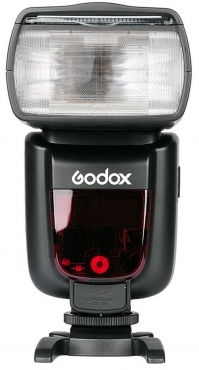
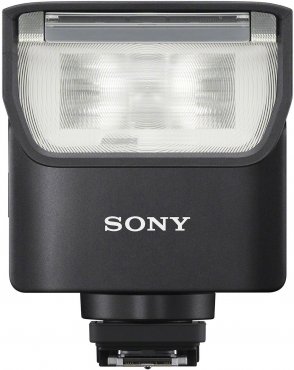
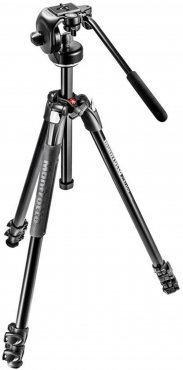
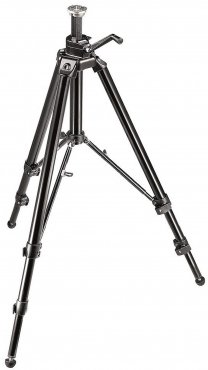
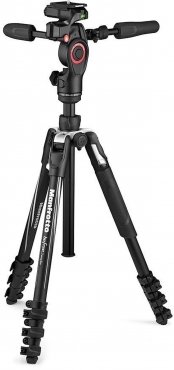
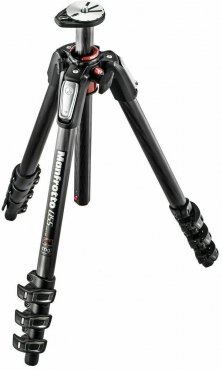


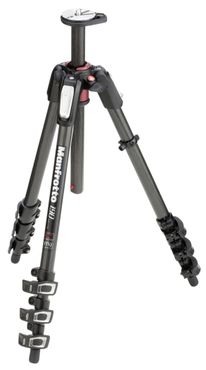
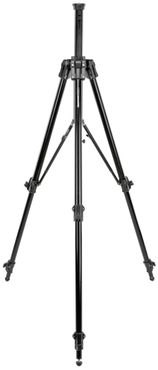

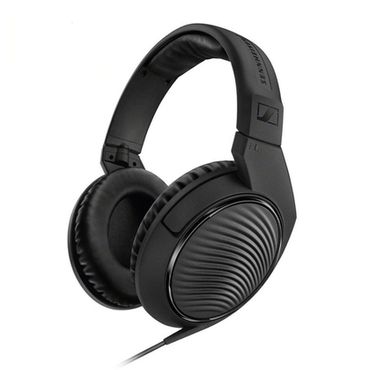
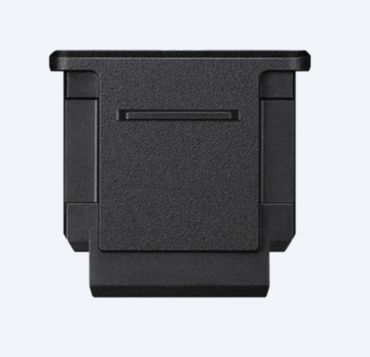
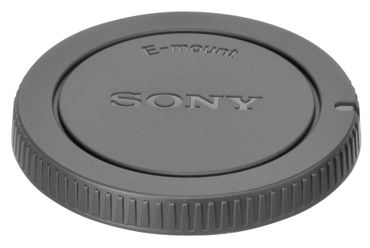
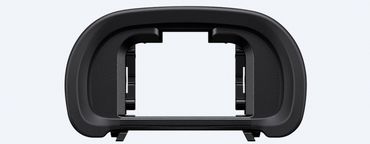
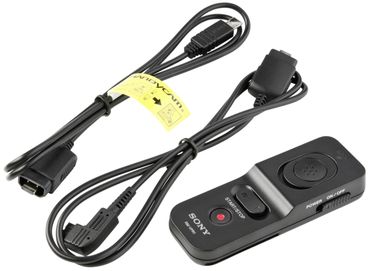
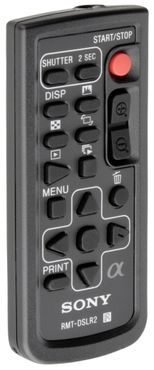
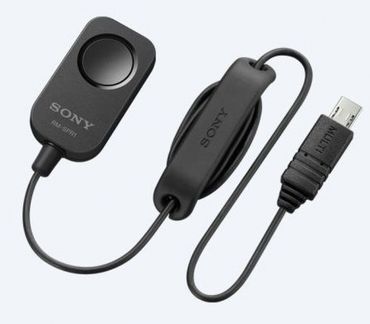
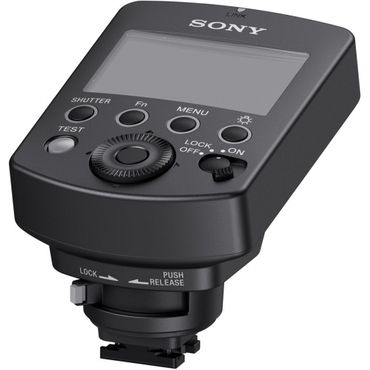
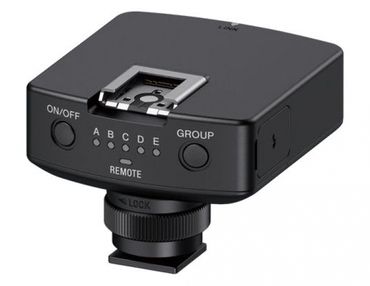

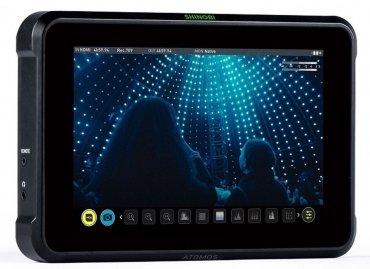
Simply subscribe and benefit as a newsletter recipient every week: